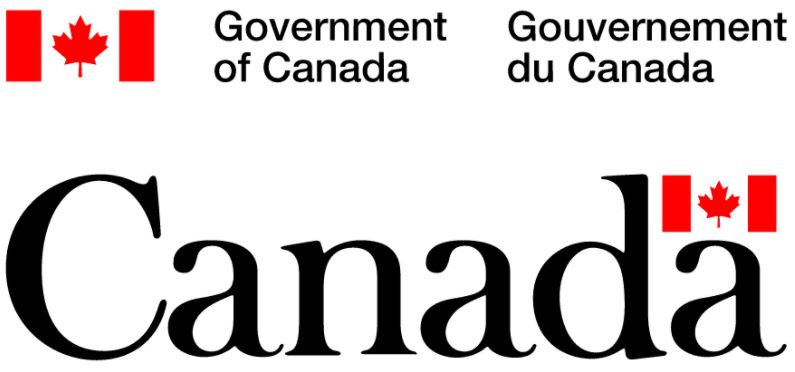What Is Preference For A Male Child?
Son preference refers to an attitude founded on the belief that girls are inadequate and of lesser value than boys. As a major form of gender discrimination, it can give way to an array of practices harmful to girls and women. For instance, neglect of the girl child in terms of withholding access to health, education, economic opportunity and in some cases even food and other basic necessities. In an alternative form, son preference has also manifested itself through the practice of sex selective abortion.
Why Is The Birth Of A Girl Viewed So Negatively?
In some cultures preference for a male child is so pervasive that the birth of girls is not a welcomed occurrence because a daughter is regarded by her parents as a transient being who will eventually leave them to live in her husband’s home. Daughters are seen as offspring born to depart, their place not really being in the family community. A reflection of this attitude is demonstrated in an old Asian saying: “raising a daughter is like watering the neighbor’s garden”. Thus, rather than happiness, the birth of a girl is usually met with guilt, sadness or even depression from the mother for failing to give birth to a boy. Moreover many will feel sympathy that the family is incomplete because it is lacking a male. Although son preference exists in varying degrees in many parts of the world, the attitude is exaggerated in particular cultures. It is explained by the existence of patriarchal models, discriminatory interpretation of religion and specific factors such as economic contribution, support in old age, continuity and perpetuation of the family line, inheritance laws and performance of religious duties.In addition girls are seen as a financial burden, as they have to be given money, jewelry and other goods as dowry when they get married.
Where Do Attitudes For Preference For A Male Child Exist?
Two such countries where attitudes of son preference have translated into an increasing trend of sex selective abortions are India and China. In a study by Jha et al. (2011) a staggering 7.1 million fewer girls than boys aged 0-6 years were reported based on a 2011 Indian census. This study examined changes in the male: female sex ratio in India from 1995 to 2005 . Their findings unveiled an annual decline in the number of female children when the firstborn child of a household was a girl. These declines were larger in mothers with more education and in those from wealthier households. These reductions in the female: male sex ratios of second born children were not detected when the firstborn was a boy, or when the births were the first born child. Overall, the findings of this study demonstrated marked growth in the practice of female feticide in India. Similar findings can be seen in China as well as revealed by a study by Zhu et al. (2009) that found that in 2005 males under the age of 20 exceeded females by more than 32 million. However, though thought to be a phenomenon restricted to the Asian world, recent evidence has shown a parallel scenario unfolding in the Canadian demographic as well. While the natural male: female ratio is already slightly in favor of males at 105:100 or 1.05, data collected by Statistics Canada in 2003 showed that the male: female ratio in Surrey BC, a city whose south Asian community makes up almost one third of the population, was 109:100, a ratio that has purportedly been even higher in previous years . These statistics were similar to other Canadian cities of similar immigrant demographics, such Etobicoke, Brampton and Scarborough. As found by Ray et al. (2012) the male: female gender sex ratio increases with subsequent births if the first or previous children were girls . These results pertain primarily to women found to be born in South Korea, and more notably in women born in India, where a more pronounced ratio of 1.90 can be seen when the previous two children were female 7. Given the availability and accessibility of health care resources that offer women the option of abortion without a legal obligation to disclose her motivations for choosing to terminate the pregnancy, these statistics gathered by Ray et al are strongly suggestive of sex selective abortions following prenatal sex determination, particularly by couples from India- a practice that has been denounced by the Society of Obstetricians and Gynecologists of Canada as “socially repugnant”.
How Is ‘Preference For A Male Child’ Addressed In Canada?
According to Canadian law, under the Assisted Human Reproduction Act, it is explicitly prohibited for any person to knowingly “for the purpose of creating a human being, perform any procedure or provide, prescribe or administer anything that would ensure or increase the probability that an embryo will be of a particular sex, or that would identify the sex of an in vitro embryo, except to prevent, diagnose or treat a sex linked disorder or disease” (Assisted Human reproduction Act). Though this policy pertains more directly to the creation of an embryo rather than its termination, its implications can safely be interpreted as having an overarching message against any form of active sex selection, regardless of the means used to reach that end. Amongst the various solutions that have been proposed to address this issue is to withhold disclosure of the sex of the fetus until it has reached a gestational age at which termination of the pregnancy for non-medical reasons, is no longer be permissible. This would coincide with 30th week of pregnancy. In doing so, a more harmonious balance could be struck between ensuring the protection of a woman’s autonomy to access her personal health information and preserve a woman’s right of non-disclosure in regards to her motives for requesting an abortion. Alternatively, others have placed emphasis not on changing the rules regulating abortion, but on education and raising the status of women. By changing the firmly held perception that men are of greater value than women for reasons intertwined with various cultural biases, fewer cases of son preference motivated female feticide could be incurred. By elevating the respect and value given to women, a key facet in this abortion issue would be addressed. Through the various initiatives launched by the Indo Canadian Women’s association, from Daughters day to workshops educating the prevalence of this issue, the ICWA hopes to alter this skewed and discriminatory perception of women to one that embodies greater equality between women and men alike.
- Amor, Abdelfattah . “CIVIL AND POLITICAL RIGHTS, INCLUDING THE QUESTION OF RELIGIOUS INTOLERANCE.” Economic and Social Development . UN, Web. 21 Aug 2011.
- Amor, Abdelfattah . “CIVIL AND POLITICAL RIGHTS, INCLUDING THE QUESTION OF RELIGIOUS INTOLERANCE.” Economic and Social Development . UN, Web. 21 Aug 2011.
- Jha, P., Kesler, M.A., Kumar, R., Ram, F., Ram, U., Aleksandrowicz, L., et al. (2011). Trends in selective abortions of girls in India: analysis of nationally representative birth histories from 1990 to 2005 and census data from 1991 to 2011. The Lancet, 377: 1921-28.
- Zhu, W. X., Lu, L., & Hesketh, T. (2009). China’s Excess males, sex selective abortion, and one child policy: analysis of data from 2005 national intercensus survey. BMJ 338: b1211.
- Thiele, A.T., & Leier, B. (2010). Towards an ethical policy for the prevention of fetal sex selection in Canada. Health Policy/ Ethics 32(1): 54-57.
- Mrozek, A. (2006). Canada’s lost daughters. Retrieved July 7, 2012 from the Western Standard Web site.
- Ray, J.G., Henry, D.A., & Urquia M.L. (2012). Sex ratios among Canadian liveborn infants of mothers from different countries. Research 184(9).
- CMAJ News. (2012). Sex selection migrates to Canada. Canadian Medical Association, 184(3).
- Abortion Coalition of Canada. Web. July 13 2012. Learn more

















